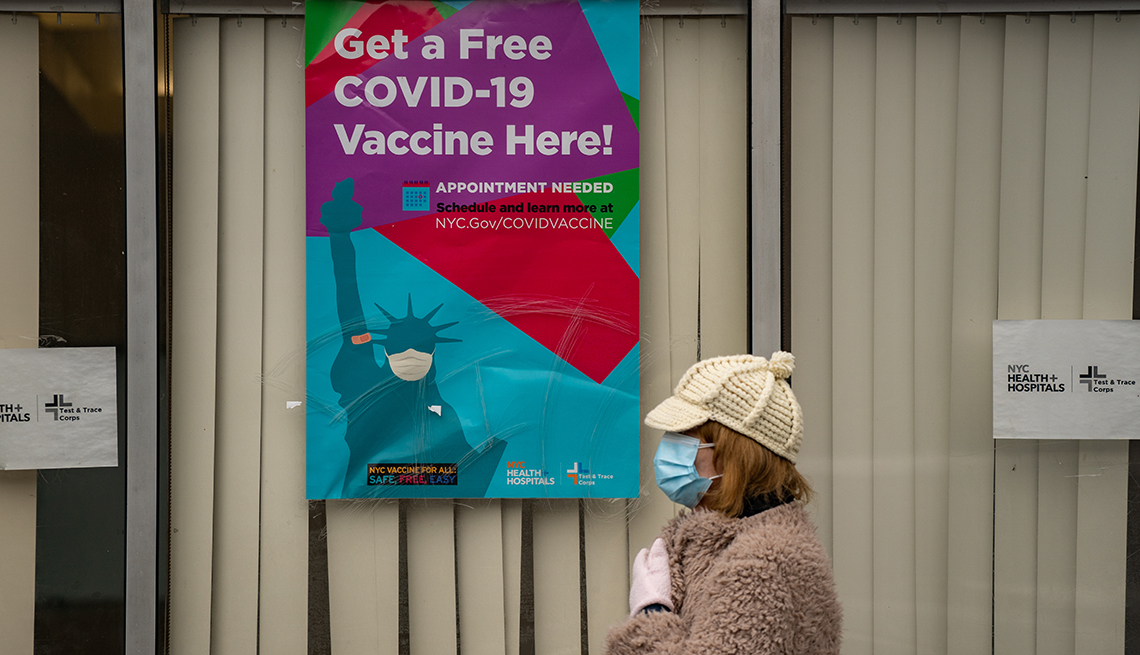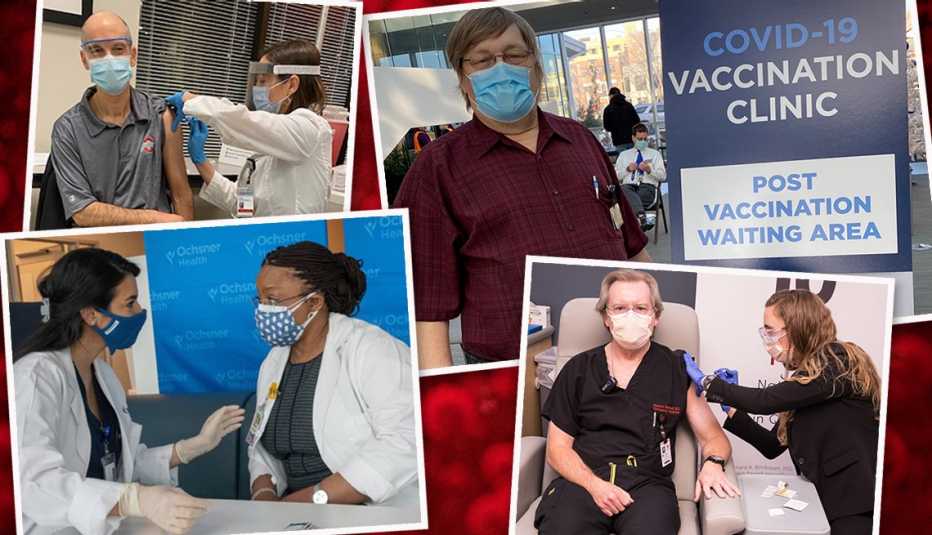Staying Fit
Americans age 65 and over should get access to coronavirus vaccines right away, Health and Human Services (HHS) Secretary Alex Azar said Tuesday, and states with the highest concentration of older residents will get more vaccine doses to support that effort.
People younger than 65 who have medical conditions that put them at risk for severe COVID-19 should also be prioritized for vaccination, Azar also said.


AARP Membership— $12 for your first year when you sign up for Automatic Renewal
Get instant access to members-only products and hundreds of discounts, a free second membership, and a subscription to AARP the Magazine.
"We clearly have enough vaccine at this point to begin to expand and get more and more of the vulnerable individuals in our country vaccinated,” Centers for Disease Control and Prevention (CDC) Director Robert Redfield told reporters at a briefing on the vaccine effort.
AARP has been urging federal officials to speed up vaccinating older adults. CEO Jo Ann Jenkins sent a letter to Azar on Monday calling for him to immediately prioritize older adults and fix the problems that have led to the slow vaccine rollout nationwide.
Azar outlined four ways that HHS will encourage states to adopt a new vaccination approach in order to get more shots in the arms of Americans and target the 65-plus population.
1. Expand eligibility
Azar wants states to allow any resident 65 and older and anyone younger than 65 with health conditions that put them at risk for contracting the coronavirus to begin getting vaccinated right away.
Initial guidance from the CDC advised states to put the first priority on vaccinating health care workers and residents and staff in nursing homes, followed by Americans age 75 and older and frontline essential workers.
Expanding those getting the vaccine “is the most effective way to save lives now,” Azar said at the briefing. States make the ultimate decisions on when specific populations get vaccinated. A number of them have already begun vaccinating their 65-plus residents.


































































